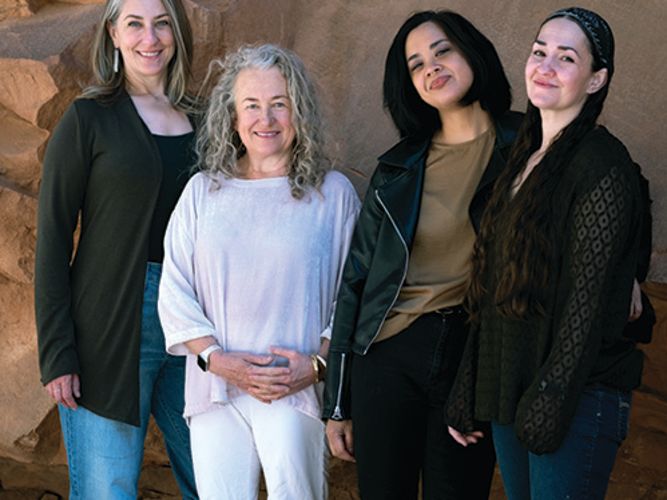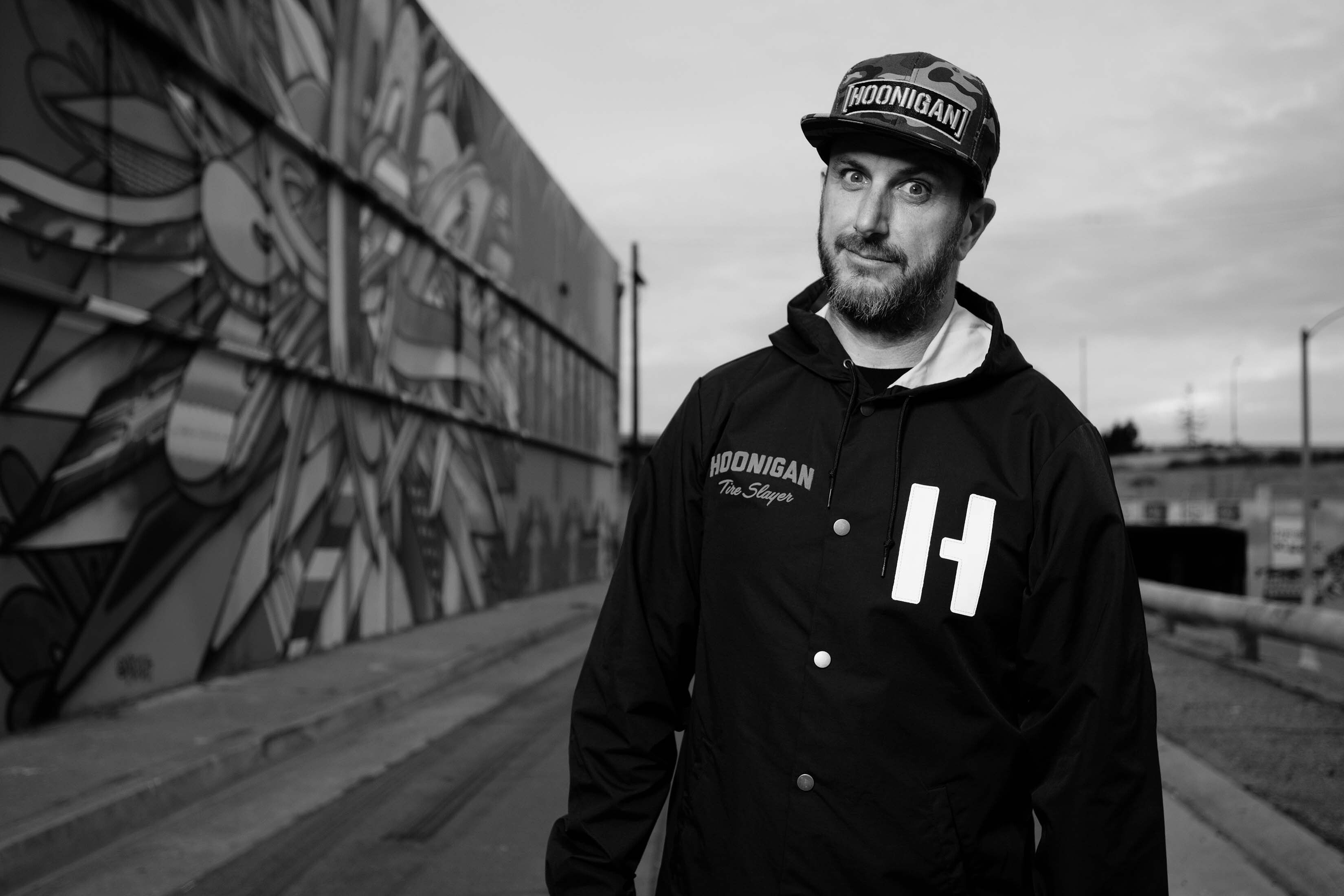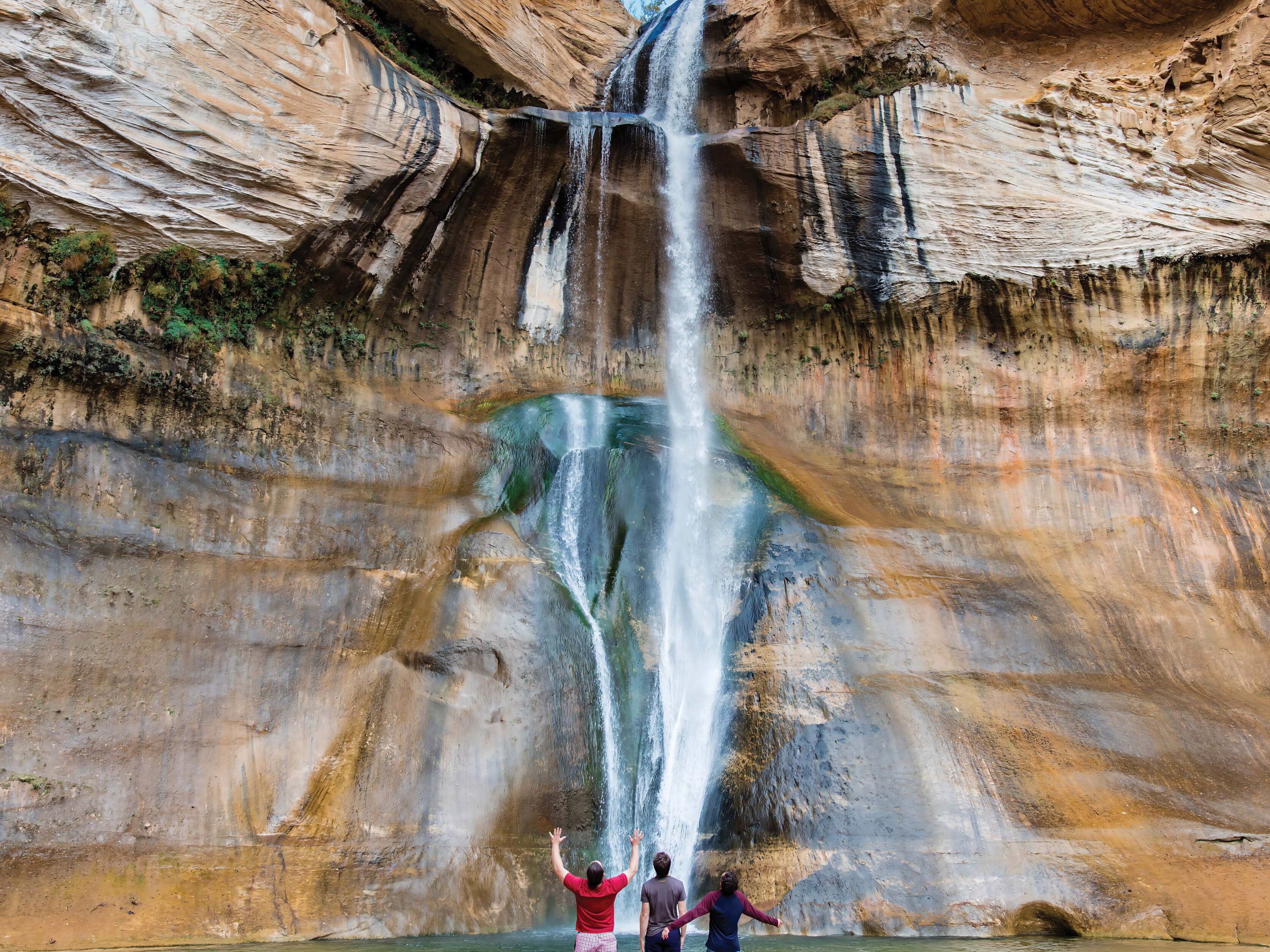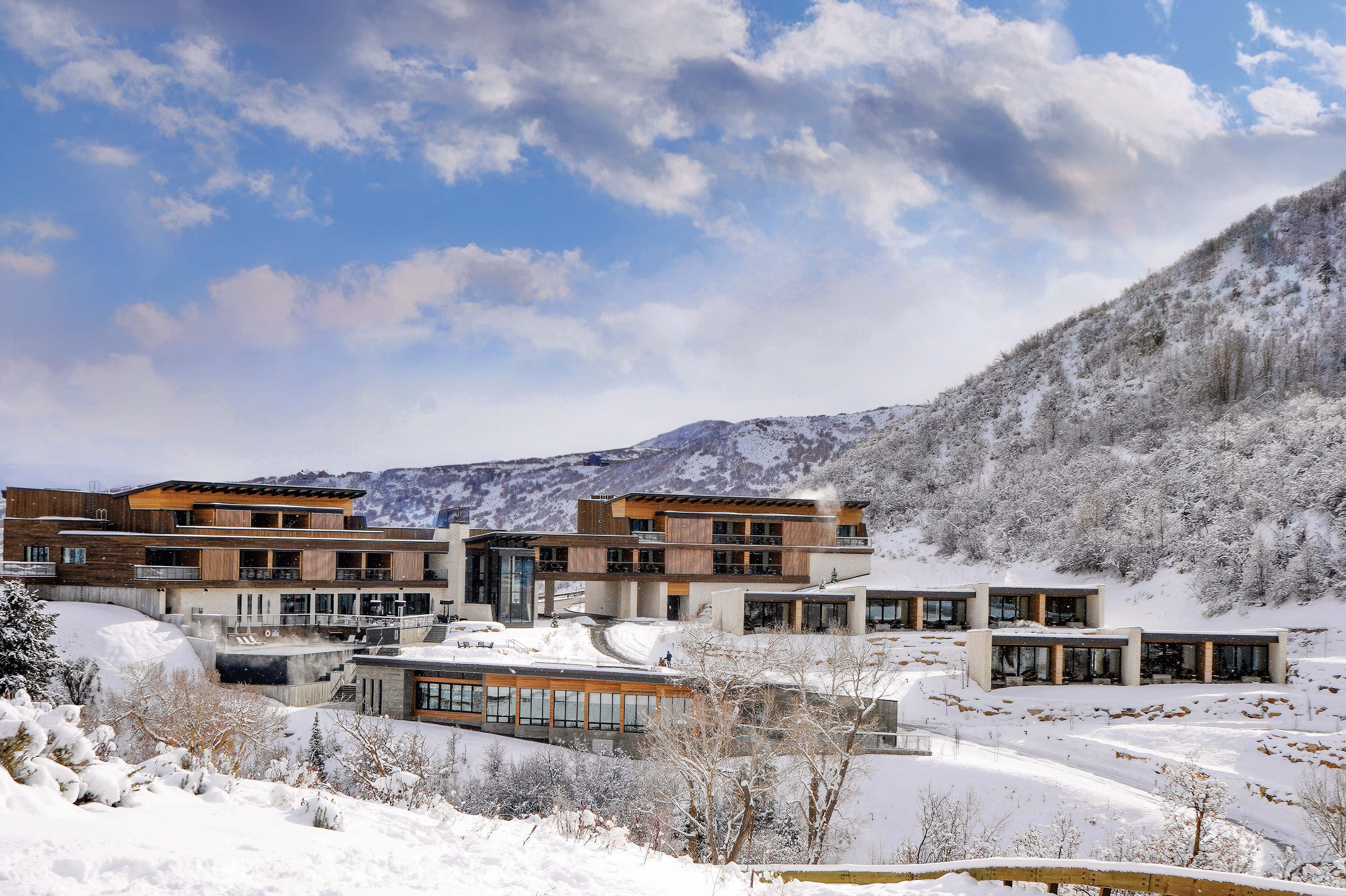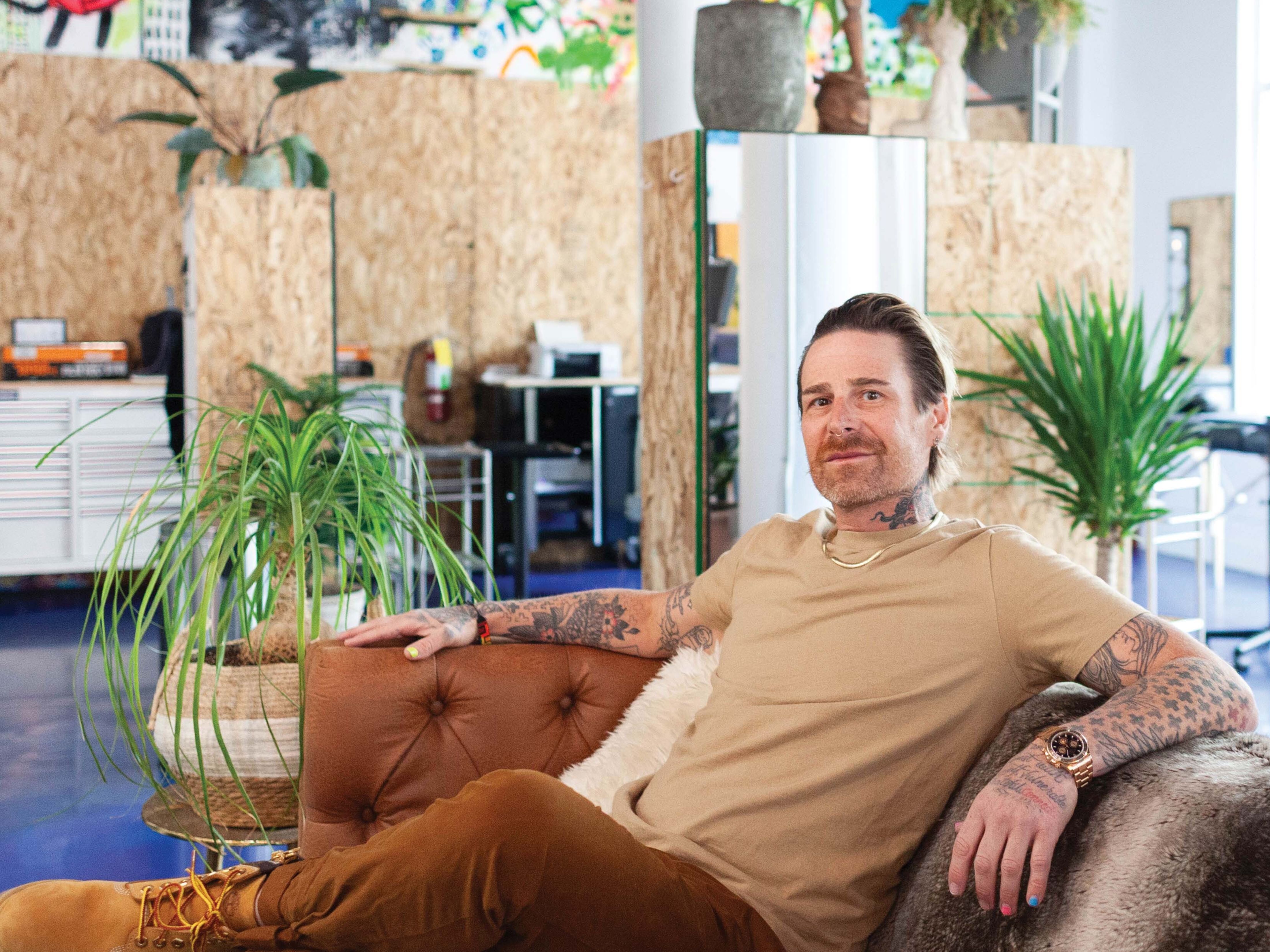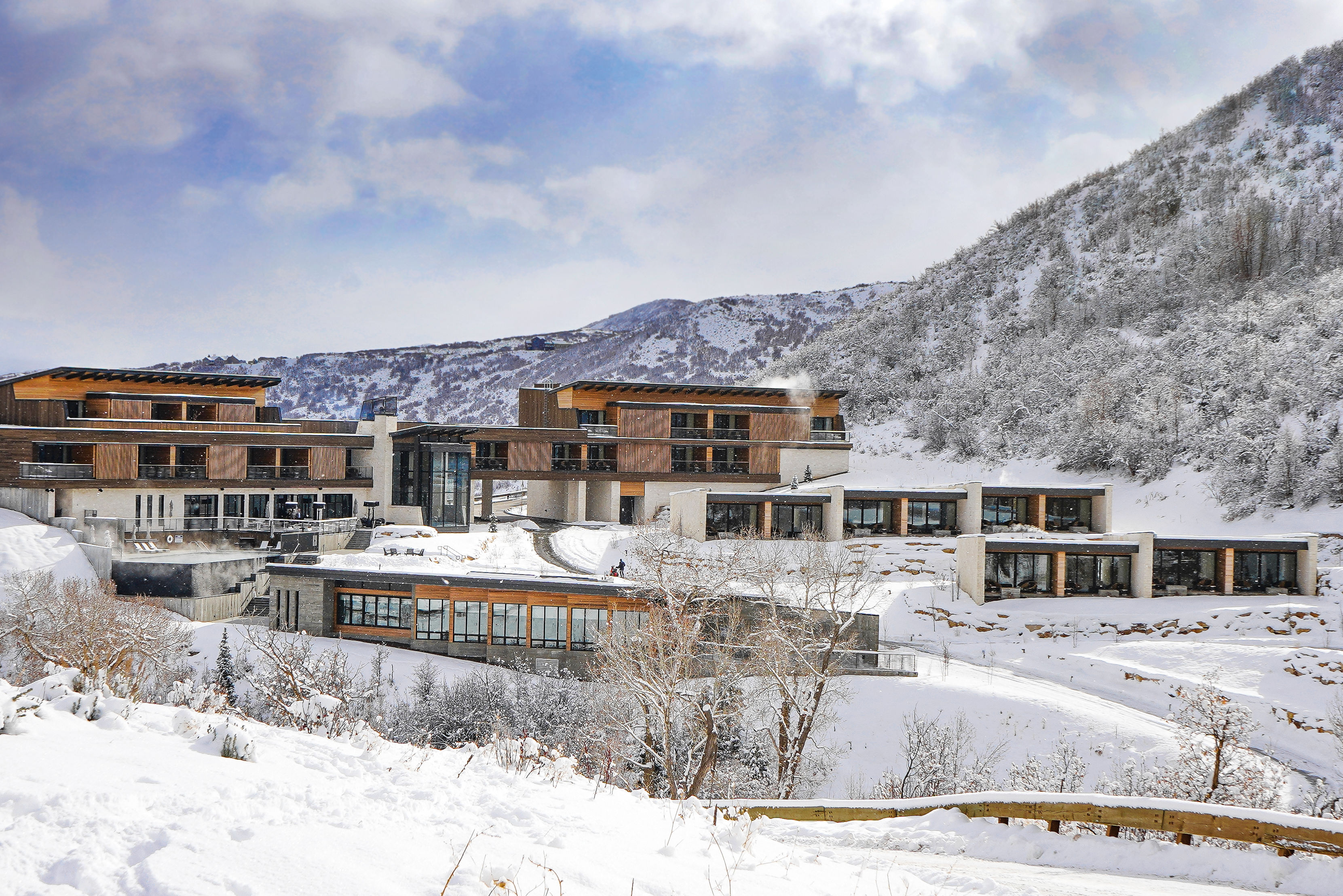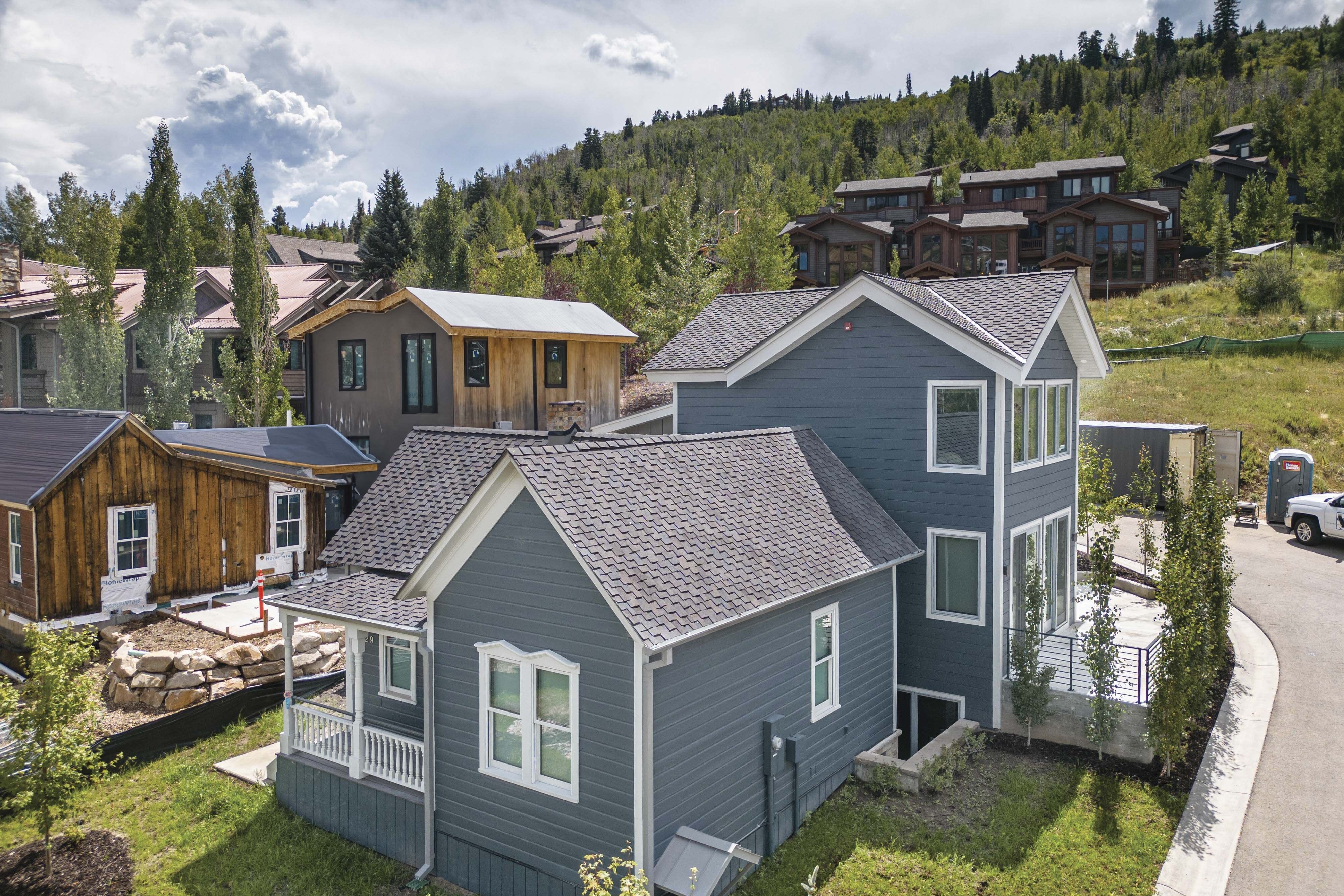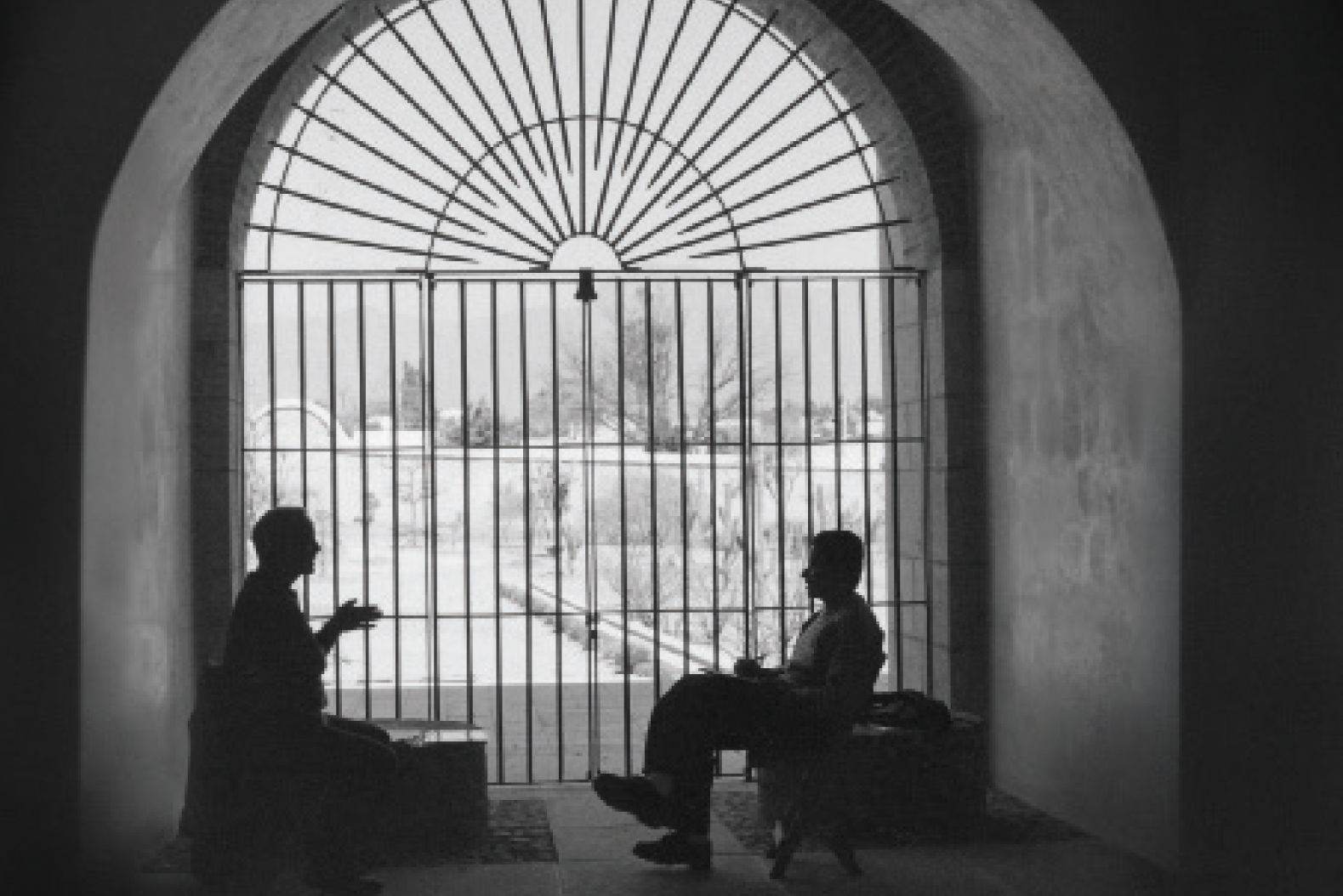
Global Vision

Creative advisor Martin Salinas and fellow Hector Hernandez at the 2000 Oaxaca Screenwriters Lab
Image: Sundance Institute
In the early years of the Sundance Film Festival, founded in 1981 by actor Robert Redford, the festival showcased American stories by American independent filmmakers. “But Bob saw a broader vision from the beginning,” says Michelle Satter, director of the Sundance Institute’s Feature Film Program. “For him, it was always about cultural exchange. Film was a great opportunity to create a dialogue about a complicated world.” More than 30 years later, a mix of languages fills the streets of Park City each January, as global audiences gather at the festival to experience international films that tell stories of worldwide significance.
The institute’s international outreach began in Latin America in 1988, when Satter attended the Havana Film Festival and forged connections with the region’s film industry. Redford’s relationship with Gabriel García Márquez brought the famed Colombian writer and a group of films based on his work to the 1989 festival. The bubbling of talent in Mexico inspired Sundance to host one of its Screenwriters Labs there in 1991, and the Sundance Institute also expanded to Brazil, Chile, Argentina, and Uruguay, adapting its lab model to the needs of each culture.
Labs with partners in the UK and Central Europe followed later in the 1990s, and in conjunction with the Japanese film industry, the institute established the Sundance/NHK International Filmmaker Award to support emerging independent filmmakers around the globe. Several festival categories in the 1990s featured Latin, Asian, and European films, leading to the creation of a World Cinema category in 1996, which was later split into Documentary and Dramatic categories included in juried competition in 2005.
The Feature Film Program continues to work with the next generation of filmmakers, wherever they may live. “There are exciting new voices in parts of the world where there is little opportunity and a sense of urgency about the stories needing to be told,” Satter says. Sundance Labs have been held in Israel, India, Turkey, and Jordan—places where filmmakers are in need and sustainable partnerships can be built.
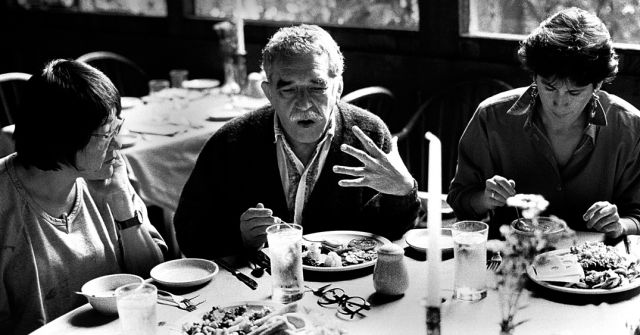
Gabriel García Márquez leads a Storytelling Workshop at the 1989 Filmmakers Lab.
Image: Sundance Institute
One such partnership, the Rawi Screenwriters Lab run in conjunction with the Royal Jordanian Film Commission, invites filmmakers from the region to develop their works under the guidance of seasoned creative advisors. The five-day lab, now in its seventh year, is held at an eco-lodge in the desert of southern Jordan. Screenings, powered by a generator, occur on a rooftop under the stars, and scripts are read by the light of candles set into walls. Saudi filmmaker Faiza Saleh Ambah says of the camaraderie, “I think I may have found my lost tribe.” Every year, films from the Jordan lab make their way to the festival in Park City.
Cara Mertes, an award-winning filmmaker who directs Sundance Institute’s Documentary Film Program, has also turned her program into a major global resource. The institute’s Documentary Fund now provides $1 million to $2 million a year in grants to filmmakers worldwide for projects involving human rights, social justice, civil liberties, the environment, and other contemporary issues that motivate change. Last spring, 29 films received grants out of 650 applications from 80 countries. The films documented such topics as the rise of the first Islam-inspired superheroes, the journey of a school bus from the US to Guatemala, and the experiences of a human rights lawyer fighting for justice in the Democratic Republic of Congo.
Yet another Sundance initiative with international reach is the Native American and Indigenous Program, whose director, Bird Runningwater, says the institute has involved and supported native filmmakers since its beginning. Runningwater scouts worldwide (including Canada, New Zealand, and Australia) for indigenous artists with films worthy of institute support. “Our first steps in internationalizing the Native Program have inspired a native platform for all indigenous work,” he says. He takes delight in bringing the finished films to young native audiences. “The idea that you can make a film and be a filmmaker is not in their immediate grasp,” he says.
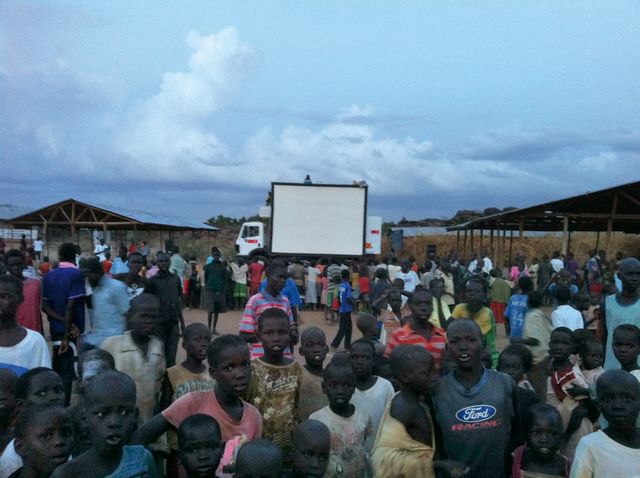
A FilmAid Truck at Film Forward Kenya in 2011
Image: Meredith Lavitt
If anything, Sundance’s dedication to international outreach has only increased in the last couple of years. In 2010, the institute introduced its new Film Forward partnership, which brought American independent films and their filmmakers to Kenya, China, Morocco, Tunisia, Puerto Rico, Uganda, France, and Turkey—and foreign films to screens in six cities across the US . And during the 2011 festival, the institute announced that a Screenwriters Lab in India would begin in 2012 as it honored the inaugural recipients of the Sundance Institute/Mahindra Global Filmmaking Award—young filmmakers from Malaysia, Mexico, Israel, and Romania. Soon after the festival, the institute revealed plans for the April 2012 debut of Sundance London, a four-day multidisciplinary festival presented with AEG Europe. Screenings of films fresh from the 2012 festival, along with live music performances, master classes, and cultural programming, will take place at the O2 Arena along the Thames River.
As Sundance Institute engages in collaborative work throughout the world and screens films in the most unlikely locations, it remains confident that the artists’ ideas will not be lost in translation. Some films are subtitled; some workshops and panels have the help of translators. But Sundance believes that film goes beyond the limits of language barriers—that the art form speaks with a powerful universal voice, with a human-scale lens that can bridge cultures and break down stereotypes.
Ultimately, that’s where all of the international initiatives, sort of like a classic Method actor, find their motivation. As Samer Mouasher, a Royal Jordanian film commissioner, puts it, “Film brings understanding, and understanding brings tolerance, and tolerance brings many, many, many beautiful things—including peace.”
Behind the Screens
The festival’s operations team starts planning for next year’s festival the day after the current one ends.
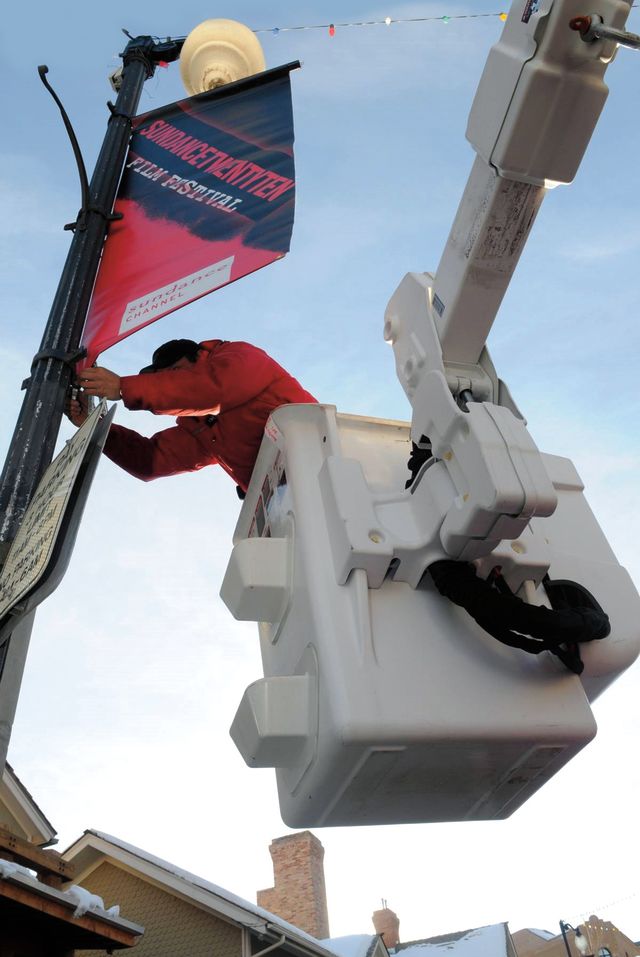
Preparing for the Sundance Film Festival on Park City’s Main Street
Image: Jill Orschel
It’s a good thing Sarah Pearce loves jigsaw puzzles. As director of operations for the Sundance Film Festival, she has the job of fitting together the small, tricky tasks behind the scenes into one seamless 10-day event, so that all you have to do is enjoy the films and wonder how the volunteer standing out at the bus stop for hours can still be so cheerful.
The willowy, soft-spoken Pearce imparts calmness in a sea of high-tension complexity. Shoehorning a major global event into a little ski town in a snowstorm takes an abundance of resourcefulness, arm-twisting, creative thinking, and preparation. Needless to say, her 12 years of experience with the festival and laser-focused organizational skills are put to good use.
“Well, there’s a master timeline,” Pearce says, referring to the almost minute-by-minute daily schedule her team starts drafting on the day the previous festival ends. The gigantic to-do list includes such things as film announcements, contracts for vendors, security issues, caterers, disaster plans, permit deadlines, food for volunteers, and technological needs. At every level, there is concern for helping the filmmakers, the media, and the audiences navigate all of the unfamiliar aspects of the festival—weather, language barriers, wait lists, bus routes—and for delivering the technical excellence in the theaters that filmmakers rave about.The willowy, soft-spoken Pearce imparts calmness in a sea of high-tension complexity. Shoehorning a major global event into a little ski town in a snowstorm takes an abundance of resourcefulness, arm-twisting, creative thinking, and preparation. Needless to say, her 12 years of experience with the festival and laser-focused organizational skills are put to good use.
Every Thursday morning throughout the year, the Operations Team assembles for a “Fest Ops” meeting. Around the table sit masters of ticketing, lodging, production, transportation, logistics, venues, and safety and security. With the Los Angeles office on speaker phone, team members chime in about Joseph Gordon-Levitt joining the board and how Sundance is playing on Twitter. Employees’ dogs may wander among the chairs looking for a friendly pat, and pockets of laughter certainly break out, but the group becomes deadly serious when they start to work through the festival details.
Still, the unforeseen can occur, such as the one year when a road crew down the street from a theater severed a power line in the middle of a screening. Or the 2008 awards ceremony when the emcee, actor William H. Macy, had an antique pistol (part of his costume) confiscated backstage by the fire marshal because he did not have the proper license. Or the day the entire ticket sales office, packed with buyers, had to be evacuated because of a gas leak. But even that Pearce takes in stride.
“Of course there are surprises!” she says. “I wouldn’t be doing this if there weren’t!”
On the Road
Launched in late 2010, Film Forward is a cultural initiative of Sundance Institute and the President’s Committee on the Arts and Humanities, in partnership with US federal cultural agencies. It reflects the institute’s mission of presenting independent films to new audiences around the world to inspire cross-cultural dialogue.
This past year, Film Forward traveled to 14 US and foreign locations, bringing independent films to underserved rural and urban communities from the Saginaw Chippewa Reservation in Grand Rapids, Michigan, to refugee camps in Uganda. The screening locations varied from the Cinémathèque de Tanger, a restored 1938 Art Deco theater in Morocco, to a screen strapped to the side of a truck in a field in Kenya.
A carefully curated collection of 10 documentary and narrative films, chosen for their artistic excellence, diversity of story, and potential to promote mutual understanding, was screened in each location. The filmmakers travel with their films to share their personal journeys and the filmmaking process, participating in master classes, workshops, and discussions of the film’s themes. Here’s a brief look at five of the films, both American and international, that traveled with Film Forward in 2011.

Winter's Bone
Image: Sundance Institute
Director and screenwriter Debra Granik’s low-budget Winter’s Bone, the gritty tale of an Ozark mountain girl hunting down her missing father, was developed at the Institute’s Directors Lab with the support of the Feature Film Program. This American story has universal themes of justice, conflict, and family loyalty that resonate with international audiences.
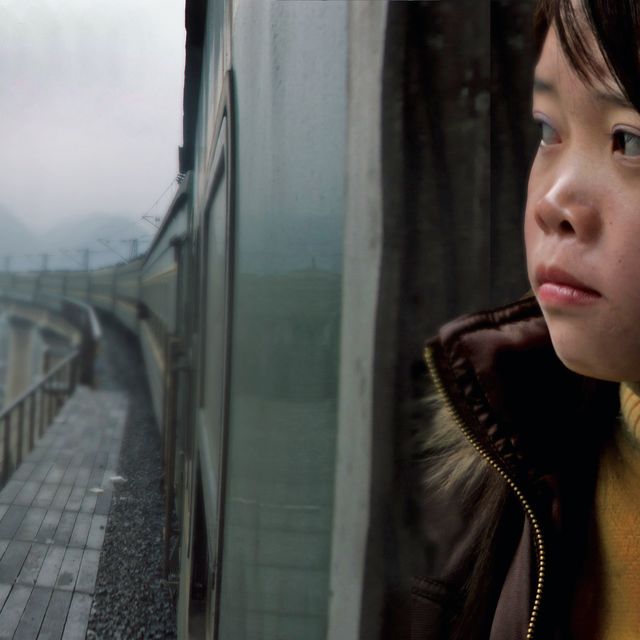
Last Train Home
Image: Sundance Institute
Chinese filmmaker Lixin Fan’s documentary Last Train Home, supported by a grant from the Documentary Film Program, chronicles the ordeals of city factory workers on their journey home, an annual migration of 200 million Chinese people. It will be the first independent Chinese social and political documentary film to be commercially released in China.
Cherien Dabis brought her script for Amreeka to the first Sundance Lab in Jordan, thinking it might be too political and too controversial. Supported by the Feature Film Program, her story of immigration and the meaning of home was screened on cracked classroom walls at Abi bakr Errazi Junior High in the slums of Tetouan, Morocco.

Boy
Image: Sundance Institute
The recipient of support from both the Native American and Indigenous and Feature Film Programs, New Zealand director and screenwriter Taika Waititi honed his second festival film, Boy, at a Sundance Screenwriters Lab. The comedy/drama about an 11-year-old Maori boy who must reconcile reality with fantasy when his dad returns home became the highest-grossing film ever in New Zealand.
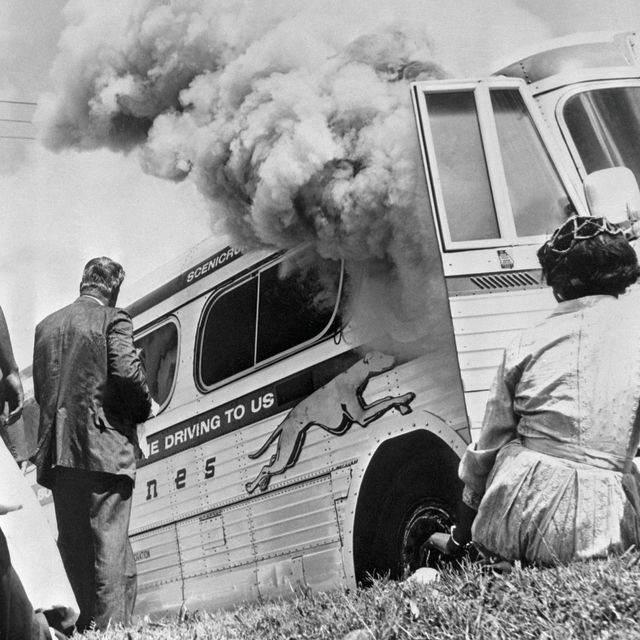
Freedom Riders
Image: Sundance Institute
Acclaimed filmmaker and MacArthur Fellow Stanley Nelson is also a creative adviser at the Documentary Lab and a veteran with four festival films. His documentary Freedom Riders is the story of six months in 1961 when a courageous band of young activists boarded busses and challenged segregation throughout the South. An audience member at a screening in Tunisia said the film revealed that “the power of truth is the same everywhere.”
Tina Lewis is the former chair of the Sundance Institute’s Utah Board and was director of the state of Utah International Business Development Office.
